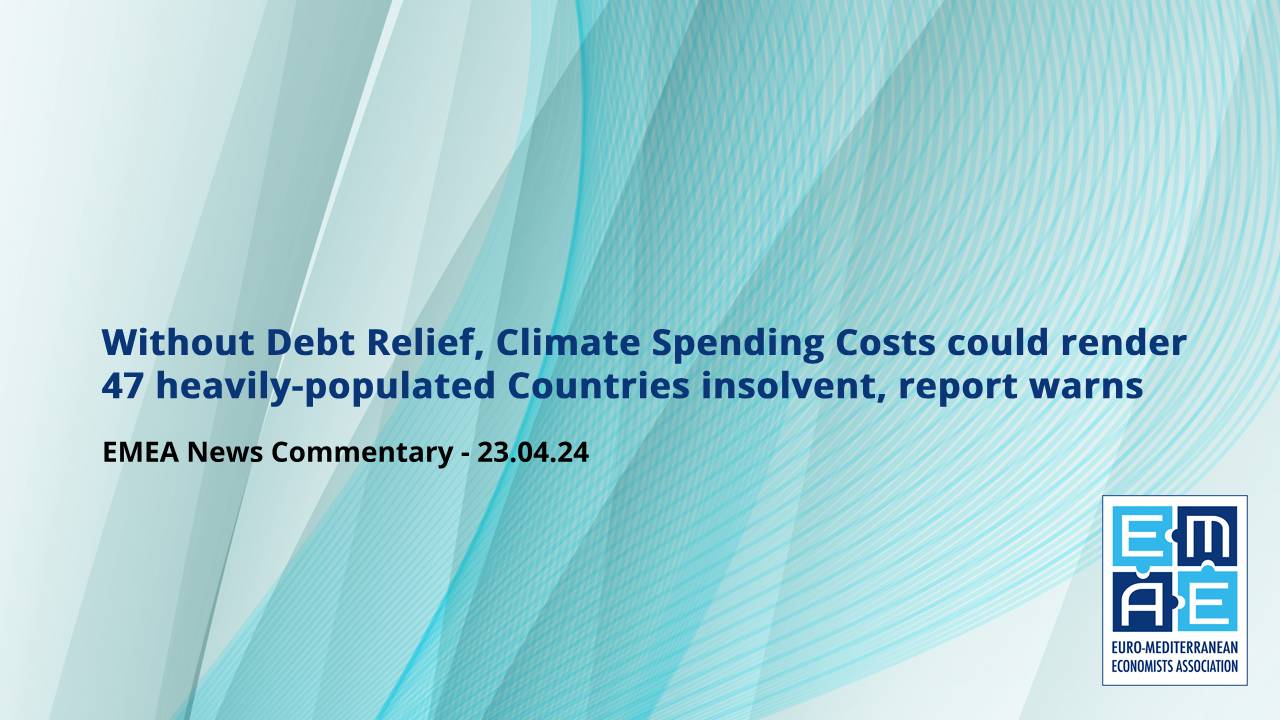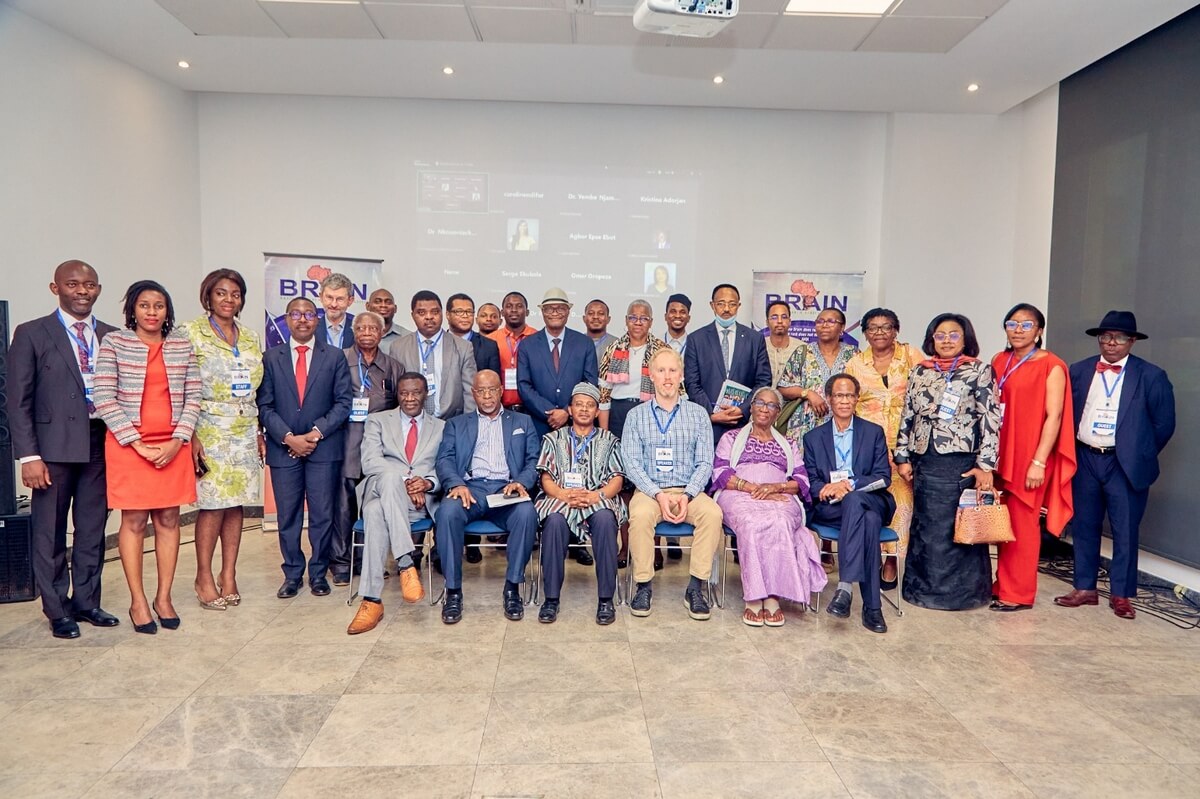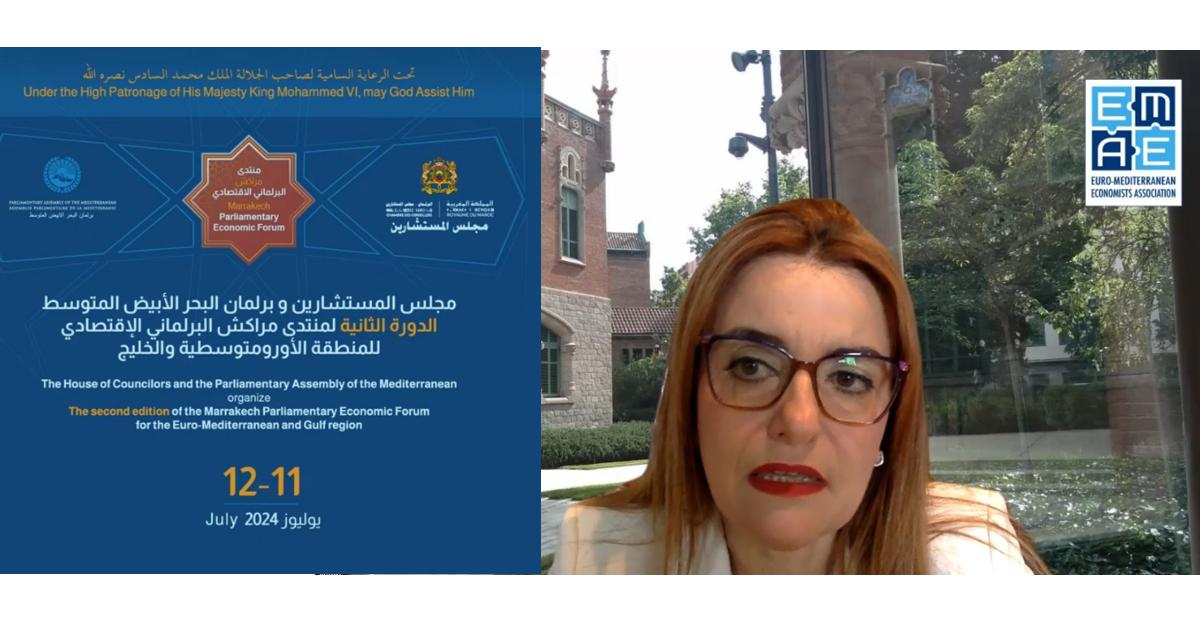If 47 of the world’s poorest countries don’t receive debt relief from the mounting costs of development and climate investment, they could become insolvent within five years, a detailed new report has revealed.
The study highlighted the battle over how emerging countries are balancing to stay afloat economically and financially, whilst remaining on track to meet the United Nations 2030 Agenda and the Paris Agreement.
The majority of these nations – which are home to over a billion people – are located in Africa and include Nigeria, Kenya, the Ivory Coast and Senegal.
The report by the Debt Relief for a Green and Inclusive Recovery (DRGR) Project, led by the Boston University Global
Development Policy Centre, and covered by Reuters, found that:
- Of 66 economically vulnerable emerging and developing economies (EMDEs) considered low-income countries by the IMF, 47 of them with a combined population of over 1.11 billion people face insolvency problems within five years.
- The remaining 19 EMDEs lack liquidity and fiscal space for climate and development investment and will not be able to finance necessary investments without credit enhancement or liquidity support. These countries range from economies as diverse as Mongolia, Rwanda and Bangladesh, amongst others.
The DRGR cited figures produced by the Independent Expert Group to the G20 that estimated EMDEs, not including China, would need to mobilise $3trillion annually – $2trillion to be sourced domestically and $1trillion externally – in order to meet the 2030 Agenda and Paris Agreement.
“Mobilising such massive investment volumes will be challenging, especially considering that many EMDEs are currently struggling with high debt burdens and high interest rates that can quickly compound debt vulnerabilities,” the report warned.
“They would be in such high debt distress that they would be knocking on the door of (default), given the current debt environment, if they were going to try to mobilise that kind of financing,” said Kevin Gallagher, the Centre’s Director.
Despite the financial risks many EMDEs currently faced, they were still on course to “pay a record $400 billion to service external debt this year,” Reuters observed.
The DRGR report was conducted in collaboration with Germany’s Heinrich-Böll-Stiftung and the Centre for Sustainable Finance at the University of London’s School of Oriental and African Studies (SOAS). To arrive at their estimates, they performed an enhanced global external debt sustainability analysis (DSA).
Released just ahead of the IMF/World Bank spring meetings, the report “called for an overhaul of the global financial architecture, alongside debt forgiveness for the most at-risk countries and an increase in affordable finance and credit enhancements,” according to Reuters.
Rocketing debt levels not seen since the nineties
The report found that External Public and Publicly Guaranteed (PPG) debt had reached record levels “whilst current debt service is at a height not seen since the 1990s when much of the Global South was on the brink of default.”
For EMDEs (not including external PPG) debt had more than doubled since 2008, reaching $3.1billion in 2022. Debt service payments were now at an all-time high, which was “crowding out investment in development and climate.”
At a time when EMDEs ought to be “mobilising finance to invest in climate and development, they will pay record amounts to service their debt in 2024,” the report observed.
Existing IMF DSA had “fallen short”
Despite the debt-related challenges facing EMDEs, the international community lacked “adequate tools to assess which countries need debt relief and by how much,” said the DRGR.
Although the IMF had conducted its own DSA to identify a country’s vulnerability to sovereign debt distress and the level of debt relief needed to restore it to debt sustainability, their DSA had “fallen short in several aspects.” This included “biased projections, unrealistic climate investment needs and underestimating the impacts of climate shocks.”
Nevertheless, the DRGR pointed out that now the IMF and World Bank Debt Sustainability Framework for Low-Income Countries (LIC DSF) was under reform, this had created “a crucial opportunity to include realistic assumptions on financing needs for climate and development.”
The IMF’s “years-long review of the analyses”, needed to incorporate climate spending needs and buffers that would cover shocks, ranging from climate catastrophes to economic crises to pandemics, according to Reuters. Currently the IMF’s debt sustainability assessments were “arcane-sounding.”
The DRGR warned: “If the international community does not act in a swift and uniform manner to provide comprehensive debt relief where needed alongside new liquidity, grants and concessional development finance, the costs of inaction will be exorbitant.”
Debt relief burden sharing “contentious”
In 2022, the 47 countries identified in the report owed $383bn in nominal debt (including IMF credits), which was mostly owed to multilateral creditors. But the report recognised that the burden of sharing debt amongst creditors was a contentious issue, which had led to delayed negotiations.
For optimum efficiency and effectiveness of sovereign debt restructuring, it was essential to have a clear and transparent approach to equitable sharing of the burden amongst creditors.
The report suggested “the adoption of a “fair” Comparability of Treatment (CoT) rule, to account for the distribution of losses.” This would be dependent upon the concessional rates of contracted debt. Creditors, like multilateral development banks (MDBs) that charged lower interest rates “ex ante,” would be “responsible for a smaller proportion of losses, whilst those that price for the risk of default “ex ante” should bear higher losses in case of a default,” the DRGR said.
Meanwhile, despite charging for default risks, bondholders hadn’t “absorbed proportional losses in cases of debt relief.” The report said that this class of creditor needed to “adequately participate in debt relief efforts.” It was also essential that MDBs participated in these negotiations “albeit in a manner that does not jeopardise their credit ratings.”
Comprehensive DRGR debt relief proposal for a green and inclusive recovery
The DRGR contained a three-pillar proposal to achieve what they described as “a fair and efficient debt relief process.” This would enable EMDEs “to foster a just transition to a low-carbon, socially inclusive and resilient economy.”
- Public and multilateral creditors should grant significant debt reductions that preserved the financial health and credit rating of multilateral institutions.
- Private and commercial creditors to grant commensurate debt reductions alongside public creditors with a “fair” CoT.
- Credit enhancement for countries not in debt distress but lacking fiscal space to lower the cost of capital.
Their findings also recommended urgent reform in respect of:
- Enhancing and calibrating DSAs, to account for critical development and climate investment needs of EMDEs.
- Basing the G20 Common Framework around enhanced DSAs.
- Implementing a revitalised Debt Service Suspension Initiative (DSSI) for the 19 EMDEs facing liquidity issues.
“The future of EMDEs is at a crossroads,” said the report. “If current economic and policy trajectories persist, the international community will see a default on the 2030 Agenda and the Paris Agreement. Moreover, the repercussions of inaction would result in devastating social, economic and environmental costs that could become irreversible.”
But they did finish on a more positive note, saying that if countries accelerated their climate and development investments, the world economy could “evolve into one that is low-carbon, more equitable, resilient and conducive to shared prosperity.”
Huge debt costs mean climate spending could make emerging nations insolvent | Reuters





